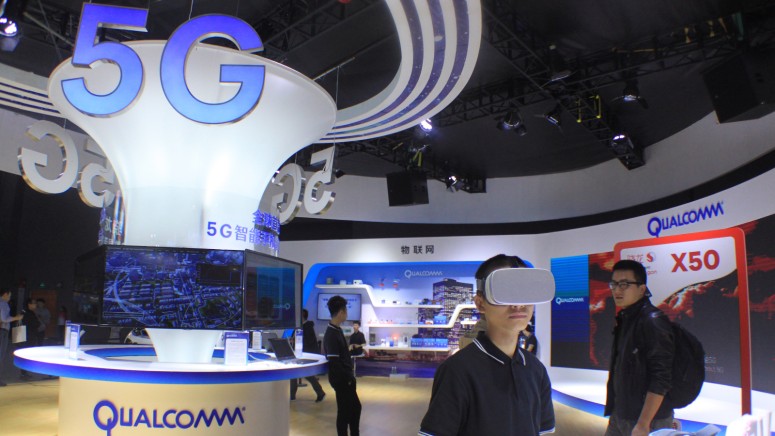
Your Location May Be Too Warm to Enjoy 5G Mobile Internet
- 5G modems are getting too hot during operation, so users are dropped to 4G.
- This is the case on locations where the environmental temperature exceeds 29.5 degrees Celsius.
- There are solutions to this problem that is still on paper, so the new tech has not hit a wall already.
5G is coming, and for many places around the globe, it is already here, even if it's under limitations. Tech lovers are enthusiastic about the new potential that the super-high-speed mobile internet can bring right at their palms, and business experts believe that we are on the verge of riding the wave to a new “big data revolution” and an age of real-time analysis and utilization of humongous sets of data. All this comes with an understandable concern on the security of the 5G, while other practical issues concern different wavelength bands that each operator wants to use, reliability in the speed of the network, and the bulkiness of the modem chips (compared to 4G).
As it seems though, the above is only a part of the picture as there’s another practical problem that has been wholly ignored until now, and that is the heating problems that come with using the new technology. According to multiple reports (ExtremeTech, WSJ, PCMag), Qualcomm’s 5G-capable modem, the X55, is overheating consistently while in use resulting in a drop to 4G internet. AT&T and T-Mobile are serving these users with a deceptive “5G+” indicator when this shift occurs, so people may not realize this drop right away.
This is the case for the high-band 5G, so when the low-band 5G is ready to roll out we may see a more moderate impact on the heating of Qualcomm’s modems. Still, though, these problems seem to be consistent right now, and concern usage in environmental temperatures that exceed 29.5 °C (85.1 °F). During summertime, this temperature is exceeded in most places in the world, while for some countries this threshold would be a complete deal-breaker.
For those who have been following the development of the 5G technology, failure to resolve the heat dissipation problems was what Intel never managed to overcome when they were developing their prototype 5G modems (8060) for Apple. So, does this mean that Qualcomm was not really doing that much better after all? Is this a sign of a serious problem with the millimeter-wavelength communication technology?
Admittedly, the practical problems of 5G are much harder to tackle than anything else we’ve had in the past, but this is not a dead-end. Low-band 5G will help keep things cooler and more manageable, and while it may not be as quick as 5G can get, it’ll still be a lot faster than 4G. If all else fails, liquid cooling units inside 5G phones or even bulky air-coolers on phone cases may become ubiquitous.
What do you think is going to be the case with 5G? Let us know where you stand in the comments down below, or join the discussion on our socials, on Facebook and Twitter.






